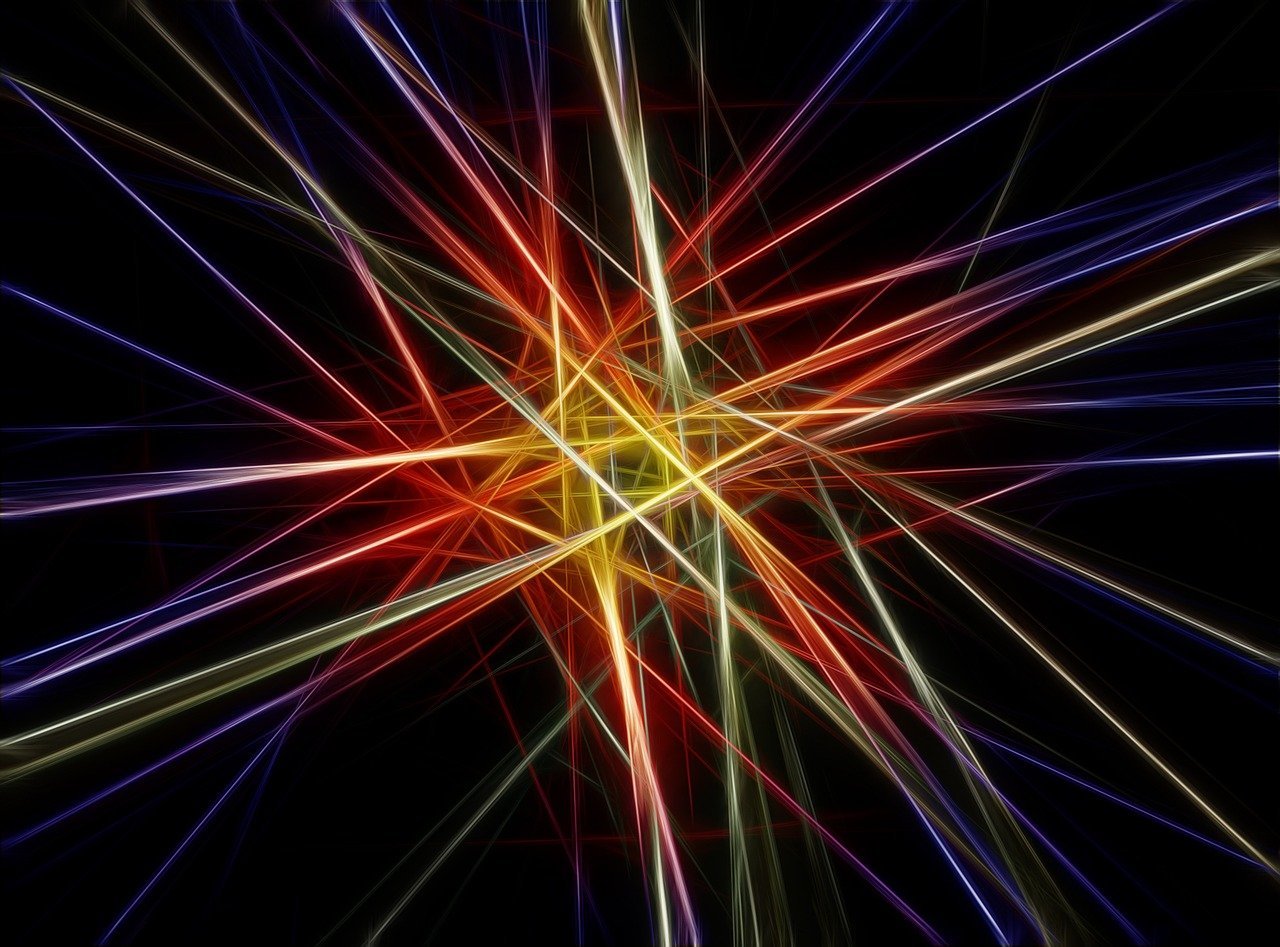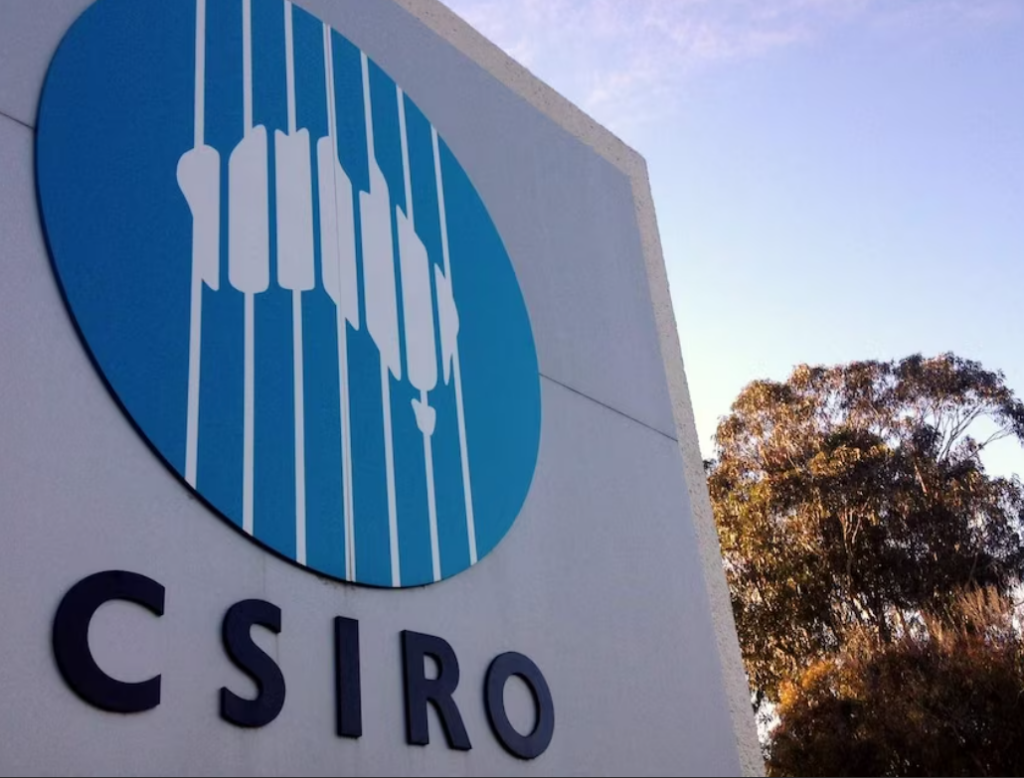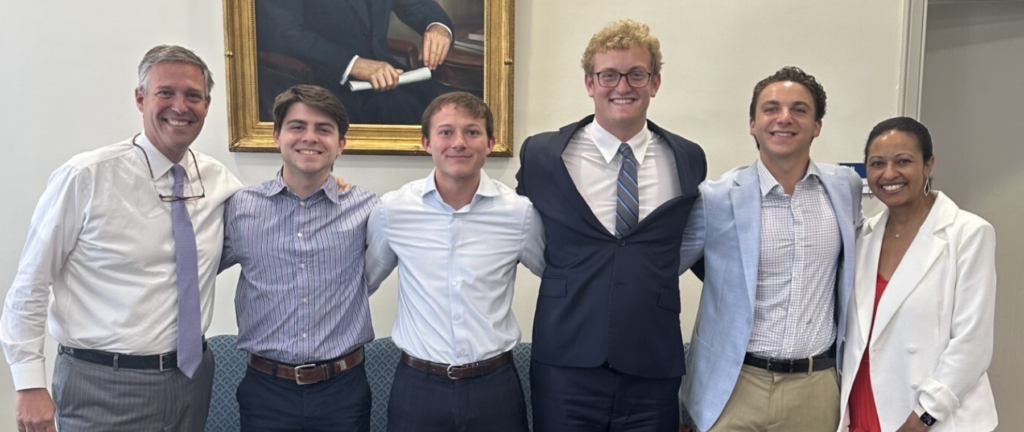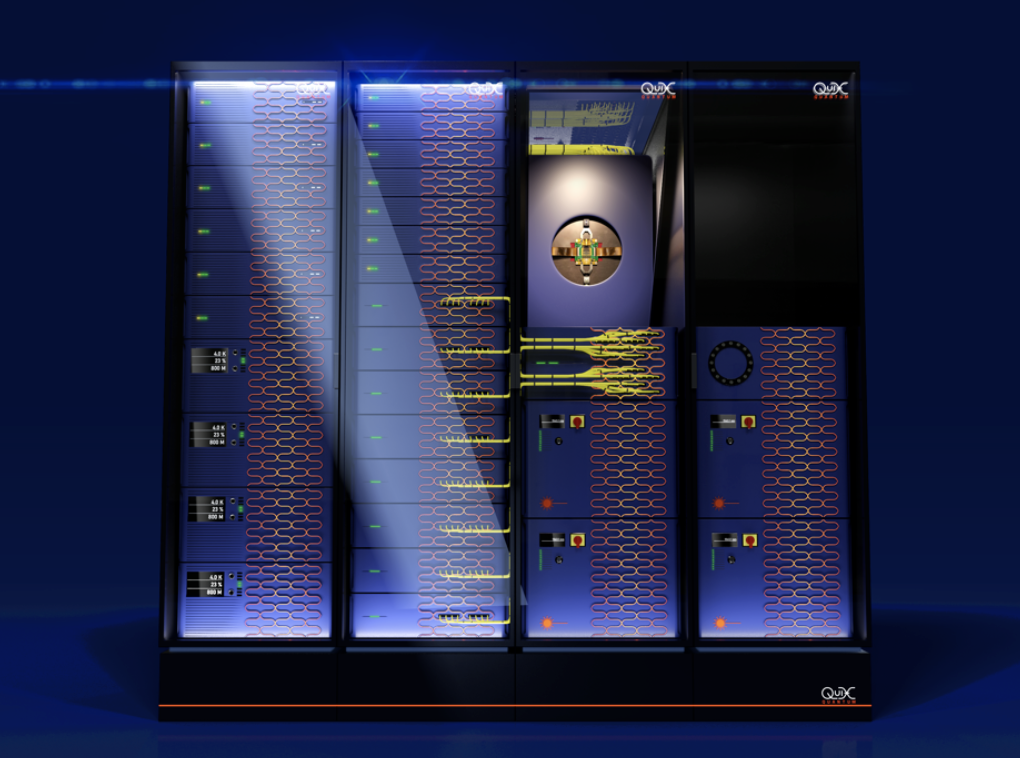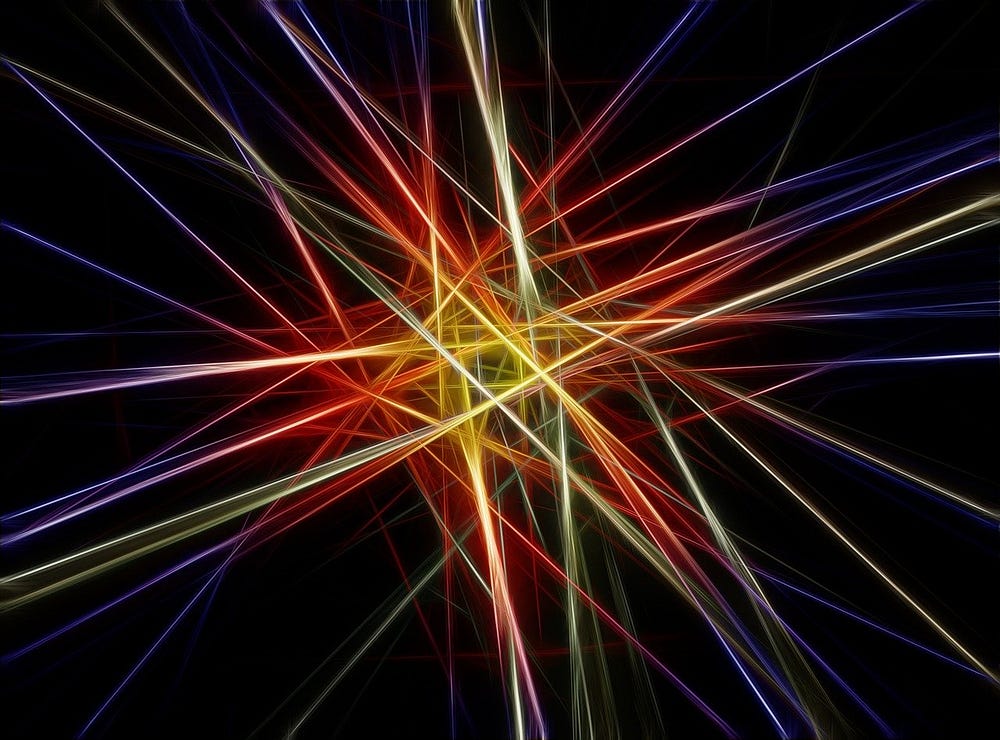
Billions A Minute
Do you think developing a novel source of single photons — photons that have the potential of producing billions of these minute quantum particles every second — is impossible?
If you don’t, think again, for a group of researchers from the University of Basel in Switzerland and Ruhr University Bochum has managed just it.
Such a discovery could be game-changing in quantum information science. Why? With the single-photon source’s efficiency, it could help build more efficient and error-free quantum systems that end up being revolutionary for such subsets of quantum technology as quantum cryptography, which relies on the transference of strings made up of single photons.
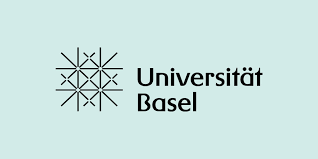
“This is a really special moment,” said Professor Richard Warburton, lead author of the study from the Department of Physics at the University of Basel. “We’ve known for a year or two what’s possible in principle. Now we’ve succeeded in putting our ideas into practice.”

Funnel
The magic of the single-photon source — and its unprecedented efficiency proven during the research — comes down to the team’s use of gated quantum dots assigned in a bespoke tunable microcavity. This acts as the “funnel” which catches all the photons that are targeted toward it, which then shepherds the photons to an optical fibre.
It works when individual photons start exciting a quantum dot, otherwise known as “an artificial atom” positioned in a semiconductor material. Funnelless, the photons would then exit the quantum dot in every possible direction. This renders them useless and a net loss for the system. Using the funnel, Warburton and his team have resolved this problem.
The system’s efficiency — which is in reference to the chances of capturing a working/logical photon from the excitation of the quantum dot — is reported at 57 percent. While this statistic doesn’t appear impressive at first glance, it is already twice as high as current single-photon sources.

On further research and how it can affect the future, Warburton said: “We’d like to simplify it and pursue some of its myriad applications in quantum cryptography, quantum computing and other technologies.”
If you found this article to be informative, you can explore more current quantum news here, exclusives, interviews, and podcasts.


